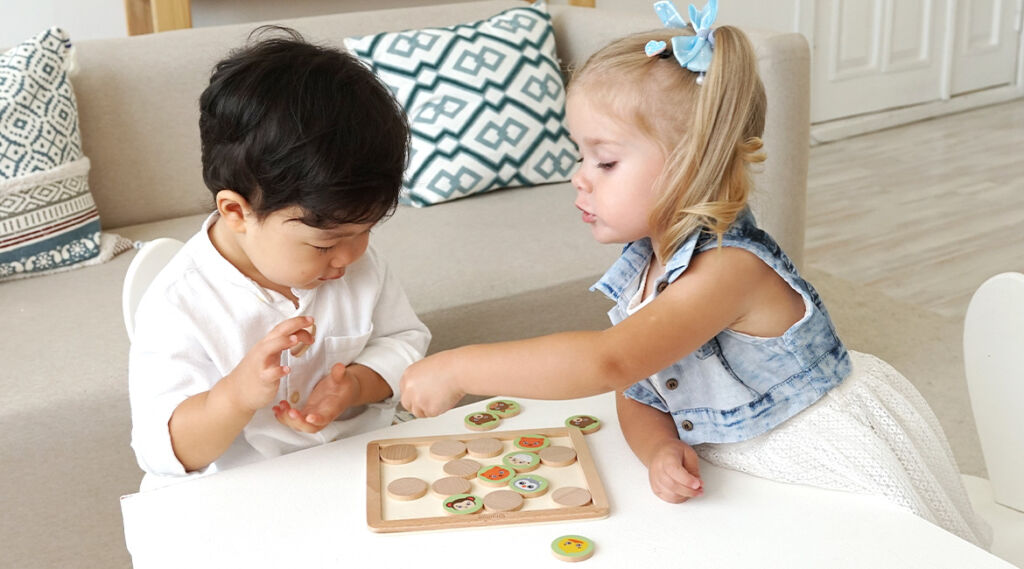Introduction:
When it comes to purchasing toys for children, ensuring their safety is of utmost importance. Toys play a crucial role in a child’s development, but it is essential to choose wisely to avoid potential hazards. Here at Bimiboo, we pay careful attention to the safety of child toys. In this article, we will explore the key factors to consider when determining if a toy is suitable for your child. By following toy safety guidelines and understanding what makes a toy safe for kids, you can provide a nurturing and secure environment for your little ones to learn and play.

1. Age Appropriateness:
One of the first factors to consider is the age appropriateness of a toy. Manufacturers typically label toys with an age range, indicating the developmental stage for which the toy is suitable. Pay attention to these recommendations, as they are designed to align with a child’s cognitive, physical, and emotional abilities. Toys that are too complex or advanced may frustrate or even pose a danger to younger children, while toys meant for older kids may have small parts that can be choking hazards for younger ones.
2. Choking Hazards:
Child safety and the prevention of choking hazards go hand in hand. Young children tend to explore the world through their mouths, making small parts or toys with detachable components potentially dangerous. Always inspect toys for small parts that can fit inside a child’s mouth, and ensure that any detachable parts are securely fastened. A good rule of thumb is to use a small parts tester or a toilet paper roll. If an object can pass through the tube, it is a choking hazard and should be avoided for younger children.
3. Quality and Durability:
Toys should be made of high-quality materials and constructed to withstand the wear and tear of children’s play. Inspect toys for any sharp edges, rough surfaces, or poorly secured parts that may pose injury risks. Sturdy toys are less likely to break apart and expose small components or sharp edges that could harm your child.
4. Non-Toxic and BPA-Free:
Ensure that the toys you choose are free from harmful substances such as lead, phthalates, and BPA (Bisphenol A). These chemicals can be found in some plastics and can have adverse effects on a child’s health and development. Look for toys that are labeled as non-toxic and BPA-free, providing peace of mind that your child is not being exposed to harmful substances during play.
5. Safety:
When shopping for toys, look for safety certifications on the packaging, such as the ASTM F963 or the European CE mark. These certifications indicate that the toy has undergone rigorous testing and meets specific safety standards. Additionally, keep an eye out for any recalls or safety alerts issued by regulatory bodies, as they provide vital information on potential hazards associated with specific toys.
6. Consider Individual Needs:
Every child is unique, with varying interests, abilities, and sensitivities. Consider your child’s individual needs when selecting toys. Some children may have allergies or sensitivities to certain materials, while others may have developmental delays or special needs that require specific toy features. By taking into account your child’s preferences and requirements, you can choose toys that cater to their overall well-being and enjoyment.
Conclusion:
Choosing the right toys for your child involves more than just considering their entertainment value. Ensuring child safety should be a top priority. By following toy safety guidelines, considering age appropriateness, avoiding choking hazards, checking for quality and durability, selecting non-toxic materials, and looking for safety certifications, you can make informed decisions when purchasing toys for your child. Remember, the joy of play and learning can be enhanced when children are provided with safe and suitable toys, nurturing their development and keeping them out of harm’s way.




